Hyperbranched polymers help nanoparticles migrate to the surface of composite materials to improve their antimicrobial properties.
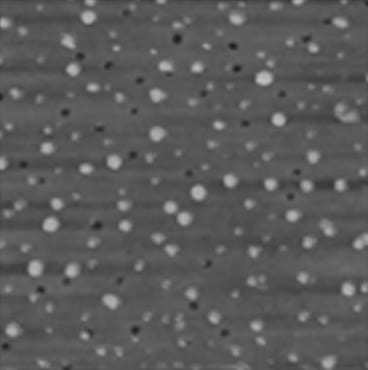

Hyperbranched polymers help nanoparticles migrate to the surface of composite materials to improve their antimicrobial properties.
1. Thermally Sensitive Microgels: From Basic Science to Applications 2. Thermosensitive Core-Shell Microgels: Basic Concepts and Applications 3. Core-Shell Particles with a Temperature-Sensitive Shell 4. pH-Responsive Nanogels: Synthesis and Physical Properties...
Renowned researchers from all over the world present existing knowledge of the field, covering all important aspects and techniques of preparation and characterization of nanoparticles with controlled morphology and architecture, from the basics right up to...
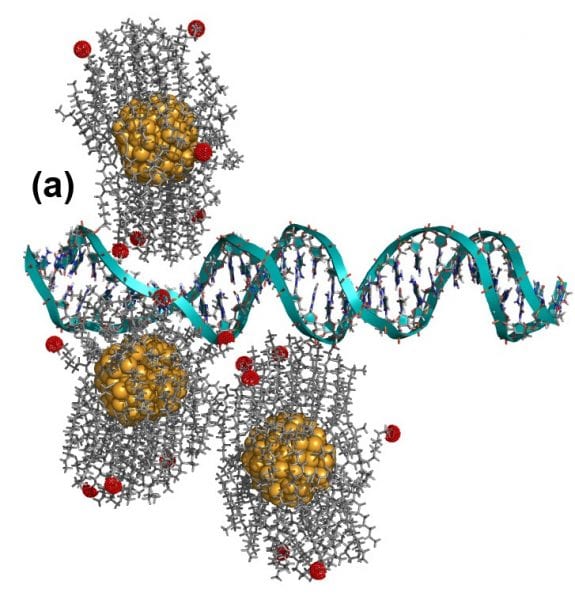
Gold nanoparticles with a slight positive charge work collectively to unravel DNA’s double helix.
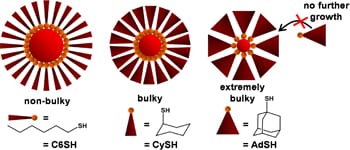
The “bulkiness” of molecules commonly used in the creation of gold nanoparticles actually dictates the size of the nanoparticles.

Which pathways do nanomedicines take after they have been swallowed? Scientists find a recirculation pathway of polymeric micelles using multimodal nonlinear optical microscopy.
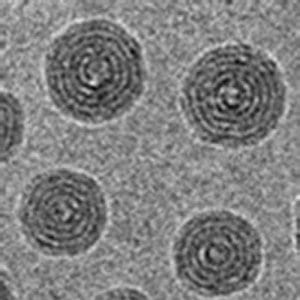
Researchers from the MPI of Colloids and Interfaces in Golm present exciting cryo-TEM data revealing interesting mechanistic features of crosslinked poly(ionic liquid) nanoparticles.
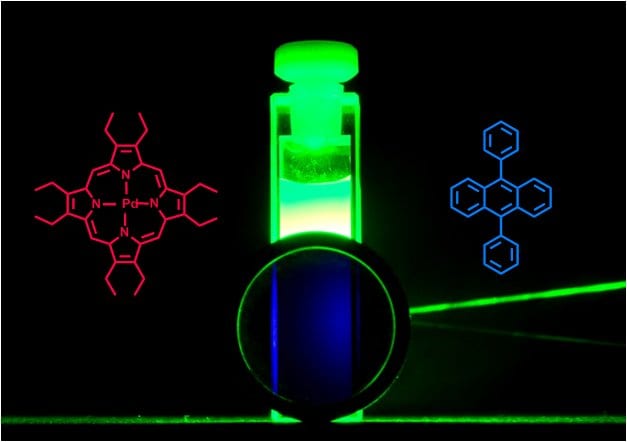
The fabrication of dye-doped cross-linked rubbery nanoparticles with light upconversion properties even at relatively low power densities has been reported by a Swiss/American research team.

Researchers at the University of Michigan have developed a new system that uses dye-loaded nanoparticles to tag brain tumors for removal.
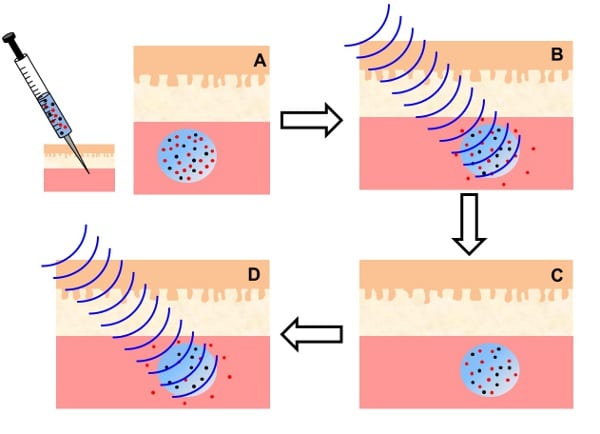
Iron oxide nanoparticles can be used to provide a local source of heating in a thermoresponsive sol–gel copolymer solution.